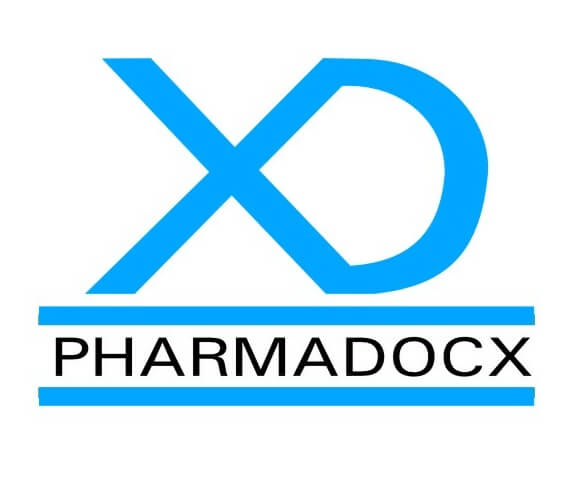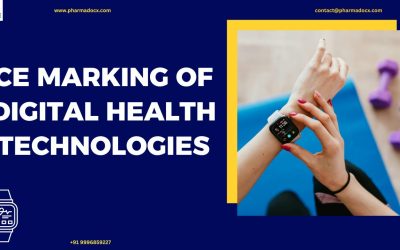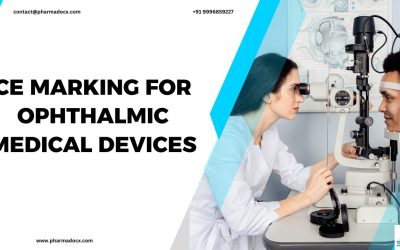Medical devices are integral to modern healthcare. From simple tools to complex machinery, they aid in diagnosis, treatment, and overall patient care. However, with this utility comes the undeniable responsibility of ensuring their safety. In India, the Central Drugs Standard Control Organization (CDSCO) stands as the sentinel, ensuring that every device meets stringent safety standards. This article delves into the intricate world of risk management in medical devices and the pivotal role of CDSCO.
Understanding Medical Device Risks
Risk, in the context of medical devices, refers to the potential of a device causing unintended harm. These risks can manifest in various ways:
- Equipment Malfunction: Devices can sometimes fail to operate as intended.
- User Errors: Misuse due to lack of training or oversight.
- Design Flaws: Inherent issues in the device’s design lead to potential hazards.
Understanding these risks is very important. It’s the foundation upon which effective risk management strategies are built.
The Importance of Risk Management
Risk management is not just a regulatory requirement; it’s a moral obligation. Here’s why it’s crucial:
- Patient Safety: The primary goal is always the well-being of the patient. Effective risk management ensures that devices function as intended without causing harm.
- Regulatory Adherence: Manufacturers must adhere to local and international regulations. Proper risk management ensures compliance, preventing legal complications.
- Market Trust: Trust is a valuable currency in the medical world. A track record of safety fosters trust among consumers and healthcare professionals.
Risk Management Process: A Detailed Look
Risk management is a systematic process. Let’s break it down:
- Risk Identification: This involves thorough research, user feedback, and testing. The goal is to uncover all potential risks, no matter how minor they might seem.
- Risk Evaluation: Once identified, risks are evaluated based on their severity and likelihood. This helps in prioritizing them.
- Risk Control: This is the action phase. Measures are implemented to mitigate or eliminate the identified risks. This could involve redesigning the device or providing additional training to users.
- Risk Monitoring: Risks are dynamic. As technology and usage patterns evolve, new risks can emerge. Continuous monitoring ensures that the risk management strategy remains relevant.
- Risk Communication: Keeping all stakeholders informed is crucial. This includes patients, healthcare providers, and regulatory bodies.
CDSCO’s Role in Medical Device Risk Management
CDSCO is the regulatory body overseeing medical device safety in India. Their responsibilities include:
- Setting Standards: CDSCO establishes guidelines that manufacturers must follow.
- Evaluating Devices: Before a device hits the market, CDSCO evaluates it to ensure it meets safety standards.
- Post-market Surveillance: CDSCO continues to monitor devices even after they’re in the market, ensuring continued compliance and safety.
ISO-13485 and Its Relevance to Risk Management
ISO-13485 is a globally recognized standard for medical device quality management. It emphasizes risk management throughout a device’s lifecycle. Key points include:
- Risk-Based Decision Making: Every decision, from design to distribution, should consider potential risks.
- Continuous Improvement: Manufacturers should constantly strive to improve their risk management processes.
- Documentation: Proper documentation ensures transparency and accountability.
Best Practices for Effective Risk Management
Effective risk management requires a proactive approach. Here are some best practices:
- Early Integration: Integrate risk management early in the design phase. It’s easier to address potential risks at this stage.
- Stakeholder Engagement: Regularly engage with all stakeholders. Their feedback can provide invaluable insights.
- Regular Training: Ensure that everyone involved, from designers to end-users, receives regular training on risk management.
Challenges in Medical Device Risk Management
Risk management is not without its challenges:
- Evolving Regulations: As the medical field advances, regulations must keep pace. This means manufacturers must be agile and adaptive.
- Innovation vs. Safety: New technologies bring new risks. Striking a balance between innovation and safety is a constant challenge.
- Global Variations: Different countries have different regulations. For manufacturers operating globally, navigating this landscape can be complex.
Real-life Examples of Risk Management
To further illustrate the importance of risk management, consider the following:
- Pacemakers: These life-saving devices have seen recalls due to potential malfunctions. Effective risk management can identify such issues before they become critical.
- Surgical Robots: These advanced machines offer precision but come with their own set of risks. Proper training and regular maintenance are crucial.
Conclusion
Risk management is the cornerstone of medical device safety. With the guidance of regulatory bodies like CDSCO and adherence to global standards like ISO-13485, manufacturers can ensure the safety and efficacy of their devices. It’s a continuous journey, but one that ensures the well-being of countless patients.
Navigating the intricate world of medical device risk management requires expertise. At Pharmadocx Consultants, we offer unparalleled expertise in CDSCO regulations and risk management. Let us guide you on this journey, ensuring safety and compliance every step of the way. Contact us today! Call or Whatsapp us at 9996859227 or write to us at [email protected]
FAQs
1. What is risk management in the context of medical devices?
Risk management refers to the systematic process of identifying, evaluating, controlling, and monitoring potential hazards associated with medical devices to ensure patient safety and regulatory compliance.
2. Why is CDSCO important for medical device manufacturers in India?
CDSCO, or the Central Drugs Standard Control Organization, is the primary regulatory body in India overseeing the safety and efficacy of medical devices. Adhering to CDSCO guidelines is mandatory for manufacturers to market their devices in India.
3. How does ISO-13485 relate to risk management?
ISO-13485 is a global standard for quality management in medical devices. It emphasizes the importance of risk management throughout a device’s lifecycle, from design to post-market surveillance.
4. What are some common risks associated with medical devices?
Common risks include equipment malfunction, design flaws, and user errors due to lack of training or oversight.
5. How often should risk assessments be updated?
Risk assessments should be continuously monitored and updated, especially when there are changes in technology, usage patterns, or regulatory guidelines.
6. Why is stakeholder engagement crucial in risk management?
Stakeholders, including patients, healthcare providers, and regulatory bodies, offer valuable feedback and insights. Engaging with them ensures a comprehensive understanding of potential risks and effective mitigation strategies.
7. What challenges do manufacturers face in medical device risk management?
Manufacturers often grapple with evolving regulations, balancing innovation with safety, and navigating varying global risk management standards.
8. How can manufacturers ensure they remain compliant with CDSCO regulations?
Regularly reviewing CDSCO guidelines, engaging in training programs, and seeking guidance from experts like Pharmadocx Consultants can help manufacturers stay compliant.
9. Are there any real-life examples of risk management failures in medical devices?
Yes, there have been instances where devices, like pacemakers or surgical robots faced, recalls due to potential malfunctions or risks. Proper risk management can help identify and address such issues proactively.
10. How can Pharmadocx Consultants assist in the risk management process?
Pharmadocx Consultants offers expertise in CDSCO regulations, ISO-13485 standards, and risk management strategies. We guide manufacturers through the regulatory landscape, ensuring safety and compliance at every step.
Read More –
How To Get Medical Device Manufacturing License In India?
CDSCO Import License Consultant for Medical Devices in India





